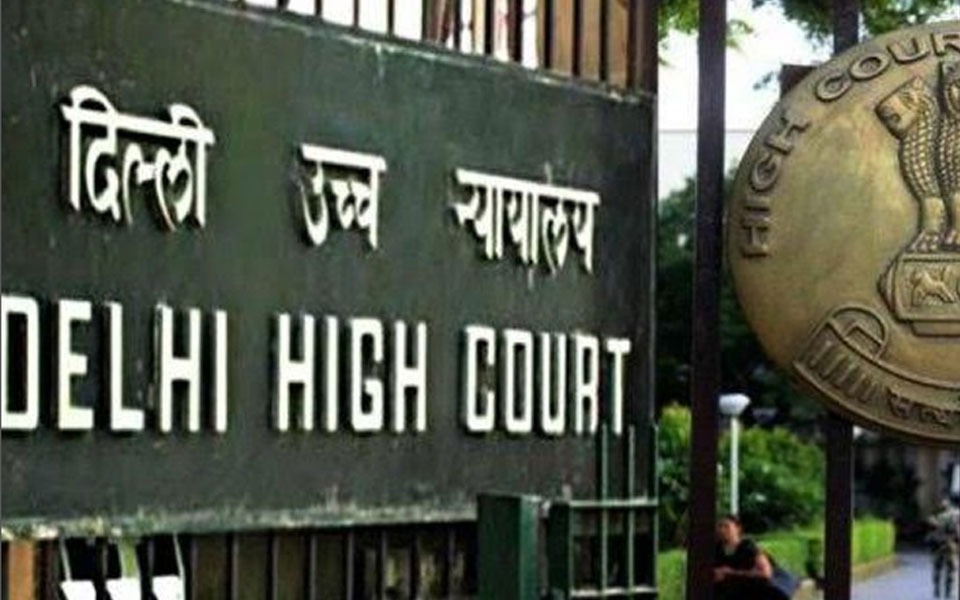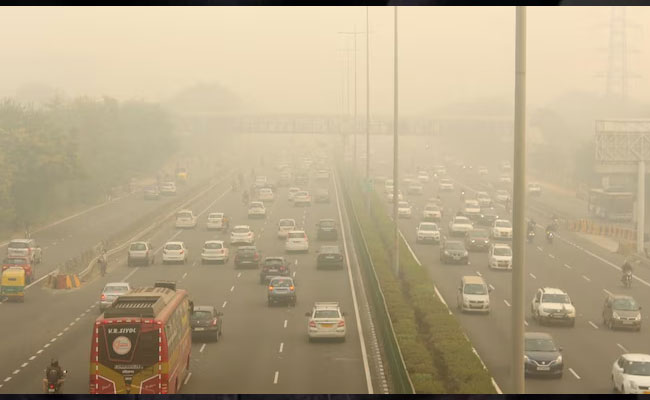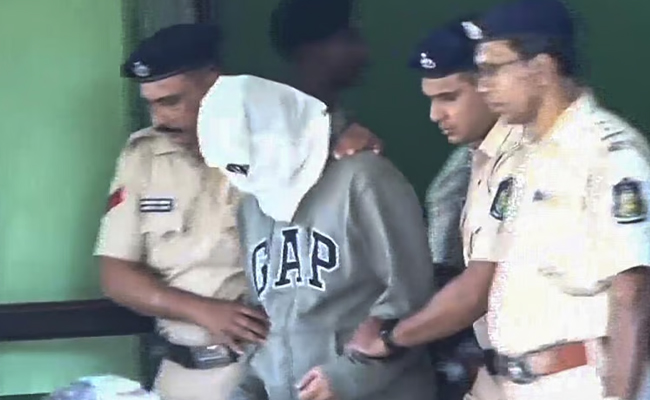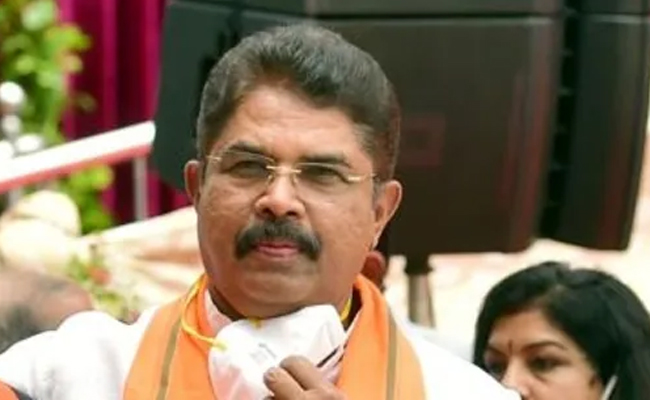New Delhi: India has been ranked 151 out of 180 countries in the World Press Freedom Index 2025, released by Reporters Without Borders (RSF) on Friday. While the position reflects a marginal improvement from 159 in 2024 and 161 in 2023, India remains in the “very serious” category for press freedom.
The global media watchdog highlighted growing concerns over the concentration of media ownership in India, stating that political influence over news outlets continues to threaten media plurality. RSF also noted that, for the first time, global press freedom is broadly classified as being in a “difficult situation,” with economic pressures emerging as a major contributing factor.
Among its South Asian neighbours, India ranks below Nepal (90), the Maldives (104), Sri Lanka (139), and Bangladesh (149), but fares better than Bhutan (152), Pakistan (158), Myanmar (169), Afghanistan (175), and China (178). Norway, Estonia, and the Netherlands top the list.
The index evaluates press freedom based on five criteria: political, economic, legislative, social, and security.
Reporters Without Borders’ Editorial Director Anne Bocandé stated that there is no free press without economic independence. “When news media are financially strained, they are drawn into a race to attract audiences at the expense of quality reporting, and can fall prey to the oligarchs and public authorities who seek to exploit them,” said Bocandé.
The report also shed light on alarming press conditions in conflict zones. In Palestine, ranked 163, RSF described the situation as “disastrous,” citing the destruction of newsrooms and the killing of nearly 200 journalists in Gaza. In Haiti (ranked 112), political instability has severely disrupted media operations.
Let the Truth be known. If you read VB and like VB, please be a VB Supporter and Help us deliver the Truth to one and all.
New Delhi (PTI): The Delhi High Court questioned the city government on Wednesday over its failure to regulate the sale and transfer of used vehicles, while pointing out that in a recent bomb blast near the Red Fort, a second-hand car was used, making the issue more significant.
A bench of Chief Justice Devendra Kumar Upadhyaya and Justice Tushar Rao Gedela asked the Delhi government to file a detailed response on the issue of regulating authorised dealers of registered vehicles.
"A car changes four hands but the original owner has not changed. Therefore, what happens? That man (the original owner) goes to the slaughterhouse? What is this? How are you permitting this? You will take a call when two-three more bomb blasts take place?" the bench asked the Delhi government's counsel.
The bomb blast near the iconic Mughal-era monument was carried out using a second-hand car, making the issue even more significant, it said.
The court listed the matter for further hearing in January 2026.
ALSO READ: Nightclub fire: Goa court remands Luthra brothers in police custody for five days
The court was hearing a public interest litigation (PIL) plea filed by an organisation, Towards Happy Earth Foundation, highlighting the challenges in the implementation of rules 55A to 55H of the Central Motor Vehicles Rules, introduced in December 2022 to regulate authorised dealers of registered vehicles.
While the rules were intended to bring accountability to the second-hand vehicle market, the petitioner's counsel argued that they have failed in practice due to regulatory gaps and procedural hurdles.
The plea said there is a major gap in the amended framework, that is, the absence of any statutory mechanism for reporting dealer-to-dealer transfers.
"In reality, most used vehicles pass through multiple dealers before reaching the final buyer, but the rules recognise only the first transfer to the initial authorised dealer.
"As a result, the chain of custody breaks after the first step, defeating the very purpose of accountability," the petition said.
It added that because of these gaps, only a very small percentage of dealers across India have been able to obtain authorised dealer registration and in Delhi, not a single dealer has got it.
Consequently, lakhs of vehicles continue to circulate without any record of who is actually in possession of those, it said.
The plea said only a small fraction of India's estimated 30,000 to 40,000 used-vehicle dealers are registered under the authorised-dealer framework.
The petition also pointed out that the 11-year-old vehicle used in the November 10 bomb blast near the Red Fort was sold several times but was still registered in its original owner's name.
The blast near the Red Fort had claimed 15 lives.





